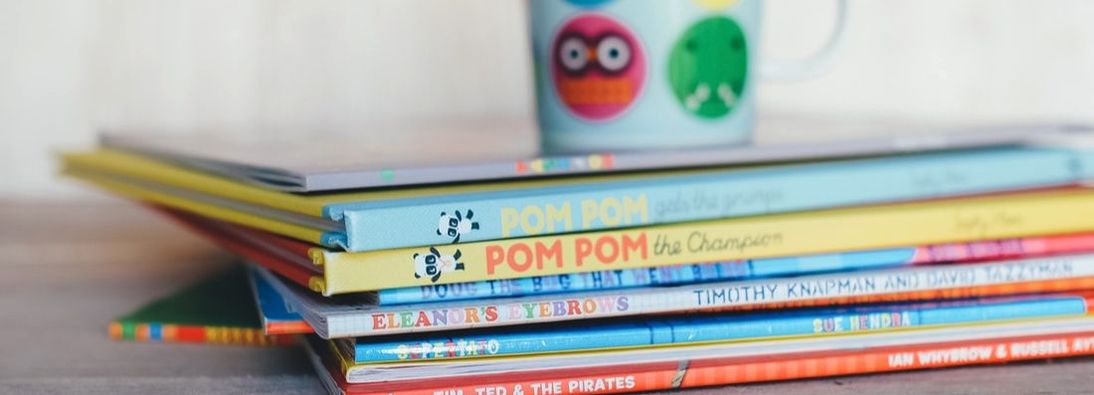- Play outside
- Read
- Spend time together as a family
- Play card games
- Play board games
- Limit screen time
- Eat healthy (see this great PDF printable healthy living guide)
- Tie shoes & zipper coats
Classroom Donations
We LOVE donations of recycled goods. See below for some examples:
- stickers
- scrap ribbon
- scrap fabrics
- toilet paper rolls
- paper towel rolls
- beads
- greeting cards
- plastic bottle caps (please wash!)
- buttons
- etc. (if you think an art project could be created by a child during free play with the object, we probably want it!)
Kindergarten Academic Readiness
- Recognize uppercase and lowercase letter symbols and letter sounds
- Write name neatly
- Recognize numbers 1-10
- Count to 30
Math at Home
- Count objects in everyday contexts (i.e. "Could you get 4 forks for dinner?")
- Count down from 10 to blast off!
- Sort small objects by similarities & differences (sticks and rocks outside are free!)
- Play board games
- Cook and bake together (measurements and numbers)
- Compare weights of items at the grocery store. Ask your child which of two items is heavier or lighter.
- Compare sizes of different objects
Bedtime Math
Reading & Writing at Home
- Read before bedtime each night
- Allow your child to look through books on car ride commutes
- Help your child make cards for birthdays, holidays, thank you cards.
- Write grocery shopping lists together
- Sing the ABC's
- Practice name writing
- Talk about your day at dinner time (talking increases vocabulary which will help your child with their literacy skills)
- Play rhyming games (See this link)
- Sing rhyming songs (my favorite is Willoughby Wallaby Woo by Raffi)
- Go on a sound hunt! Pick a sound and see how many items you can find that begin with that sound! Looking for a challenge? Search for items that end with that sound!
- Go to the library
- Allow your child to explore writing. If they are interested in their name, they can write their name! Have your child draw a picture and write words or a story related to a topic of interest! Ask your child to read what they wrote to you!
Online Games & Videos
Nursery Rhyme Fingerplay Instruction Videos
Online Search Tool for Kids - Kiddle
Alphabet Song with Phonetic Sign Language
Alphabet Song with Phonetic Sign Language #2
Alphabet Sign Language Phonetic Teaching
PBS Math Games
PBS Reading Games
Kid TV
Kid Songs
Kid YouTube Videos
TV Shows to Watch
* Limit screen time! The American Academy of Pediatrics recommends for children ages 2 to 5 years, to limit screen use to 1 hour per day of high-quality programs. *
- Sesame Street
- The Cat in the Hat Knows a Lot About That
- Clifford the Big Red Dog
- Curious George
- Mister Rogers' Neighborhood
- Franklin and Friends
- Octonauts
Screen Time & Children
When kids watch a screen, there are flickering lights or small changes of lights that cause a release of adrenaline and cortisol. Adrenaline and cortisol shut down the neocortex of the brain and our brain goes into reaction/survival mode (fight or flight). It is very difficult to calm down from this state. This adrenaline is also addictive, leaving kids wanting more and more screen time.
The neocortex part of the brain is involved in higher functions such as sensory perception, generation of motor commands, spatial reasoning, conscious thought, and in humans, language.
Being in fight or flight (from screen time), is stressful for children. Stress shuts down parts of the brain that allow us to reason and learn.
When kids play, get outdoors, laugh, do the arts, build, etc. all different parts of the brain become activated! No stress = brain activation! All these things help the brain be fully wired to learn at the moment AND in the future!

